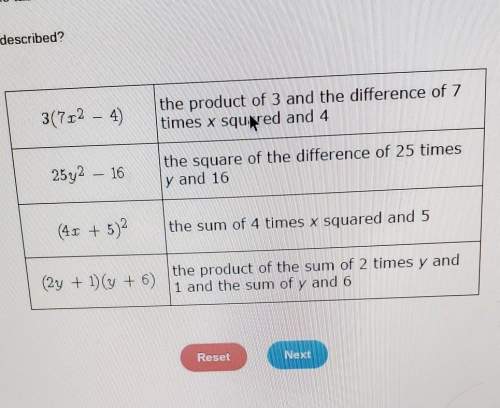
Mathematics, 22.04.2020 00:30 sarahcn9876
Let Î be a Bernoulli random variable that indicates which one of two hypotheses is true, and let P(Î = 1) = p. Under the hypothesis Î = 0, the random variable X is uniformly distributed over the interval [0,1]. Under the alternative hypothesis Î = 1, the PDF of X is given by fX| Î(x|1) = 2x if 0<=x<=1 and 0 otherwise. Consider the MAP rule for deciding between the two hypotheses, given that X=x. Find the probability of error associated with the MAP rule as a function of p.

Answers: 1


Another question on Mathematics

Mathematics, 21.06.2019 23:10
Which graph represents the linear function below? y-4= (4/3)(x-2)
Answers: 2

Mathematics, 22.06.2019 01:00
Francis is getting new carpet tiles in his living room and den. his living room and den are connected. he needs to figure out how much carpet he needs and the cost involved. if each tile costs $2.00 per sq ft, how much would it cost to have new tile put in the den? a) $24 b) $36 c) $48 d) $54 plz awnser soon
Answers: 3

Mathematics, 22.06.2019 02:00
Keith runs 5 miles in 38 minutes. at the same rate, how many miles would he run in 57 minutes
Answers: 1

Mathematics, 22.06.2019 04:00
In a recent year, the weather was partly cloudy 2/5 of the days. assuming there are 356 days in a year, how many days were partly cloudy?
Answers: 1
You know the right answer?
Let Î be a Bernoulli random variable that indicates which one of two hypotheses is true, and let P(Î...
Questions

History, 29.07.2019 06:30


Arts, 29.07.2019 06:30

Business, 29.07.2019 06:30

Business, 29.07.2019 06:30








Social Studies, 29.07.2019 06:30

Social Studies, 29.07.2019 06:30

Mathematics, 29.07.2019 06:30

Mathematics, 29.07.2019 06:30

Computers and Technology, 29.07.2019 06:30

History, 29.07.2019 06:30

Mathematics, 29.07.2019 06:30

History, 29.07.2019 06:30




